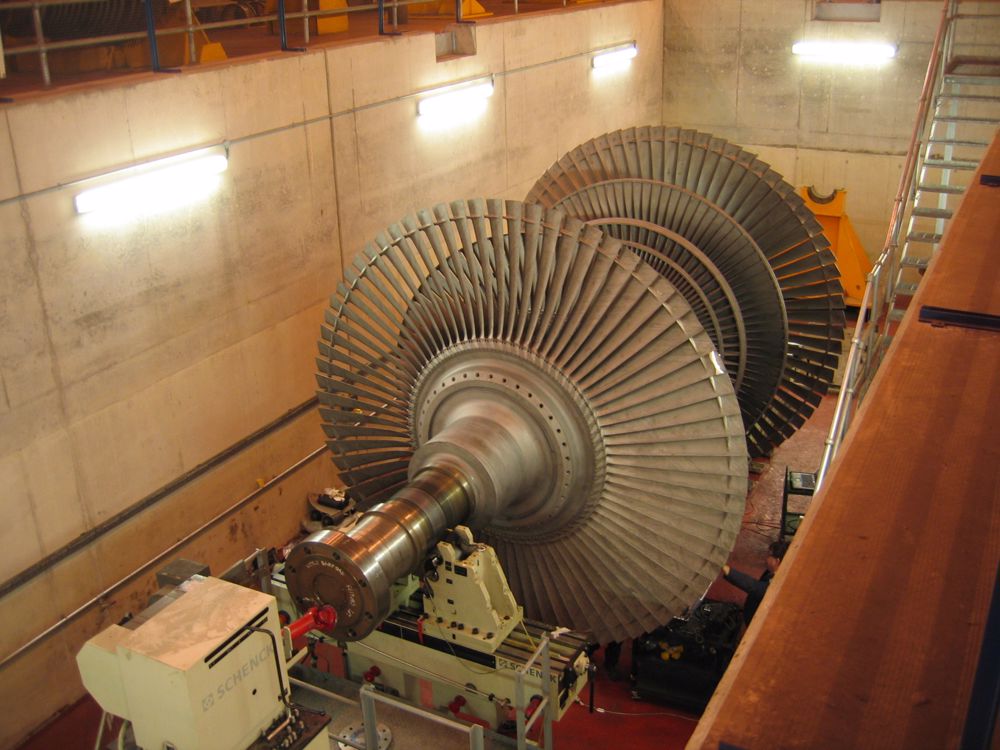Steaming Ahead
Steam is not visible water vapour. Look at a kettle boiling - the cloud is not steam, but droplets of liquid. True steam is the space between the spout and the cloud.
Steam is one of the most useful energy carriers for chemical engineers, but not at atmospheric pressure. It is commonly used at a pressure of two to twelve times atmospheric, sometimes more, and sent in insulated pipes around the process. At twice atmospheric, the boiling point is 120°C, while at twelve times it is 188°C. What is also important that it is also twice to twelve times the density, so the same mass and energy is in smaller pipes.
Steam is used in heat exchangers. For example, to boil toluene at 110 °C, then a boiler containing tubes containing steam at 120 °C or more is used, and the toluene boils on the outside.
The steam condenses to water, which is recycled and used to make more steam in a closed pressurized loop. The water to be boiled needs to be free of dissolved material which would deposit in the boiler, so it makes sense to re-use it, though treated to remove any contamination which has come from the pipes.
The energy released on condensation, known as the latent heat or enthalpy of vaporization, is very large: 2200 kilojoules per kilogram. Hot air releases only one kilojoule per kilogram for every degree it cools, so condensing steam has the heat energy of a gas 2200 °C hotter. Condensation is also much better at transferring heat energy than from a gas.
The water may be boiled by combustion or electricity. These are then kept away from flammable liquids by sending the energy through insulated pipes. If there is a leak, then there is a danger to people nearby because of the temperature, but there are no harmful residues or danger of fire.
Water can be heated further above its boiling point to be superheated steam. The steam coming off a boiling liquid will condense if slightly cooled and there are generally droplets in it as it goes through pipes, so it is known as wet steam. Superheated steam is said to be dry, and it is preferred to power motors. Essentially, heat energy is put into water in a closed vessel and becomes potential mechanical energy in the form of a pressurized gas. This is used to drive steam engines and turbines to make electricity in power plants. Steam turbines are also used directly to drive massive machines such as compressors in chemical and other process plants, therefore being more energy efficient than using electricity which has been generated by a steam turbine. Hot processes are often cooled by boiling water to make steam for the plant.
Economising on energy is a major concern for chemical engineers, and steam plays a very important part.
